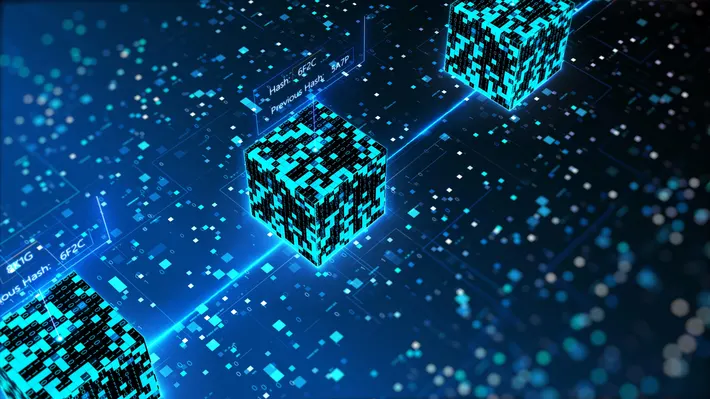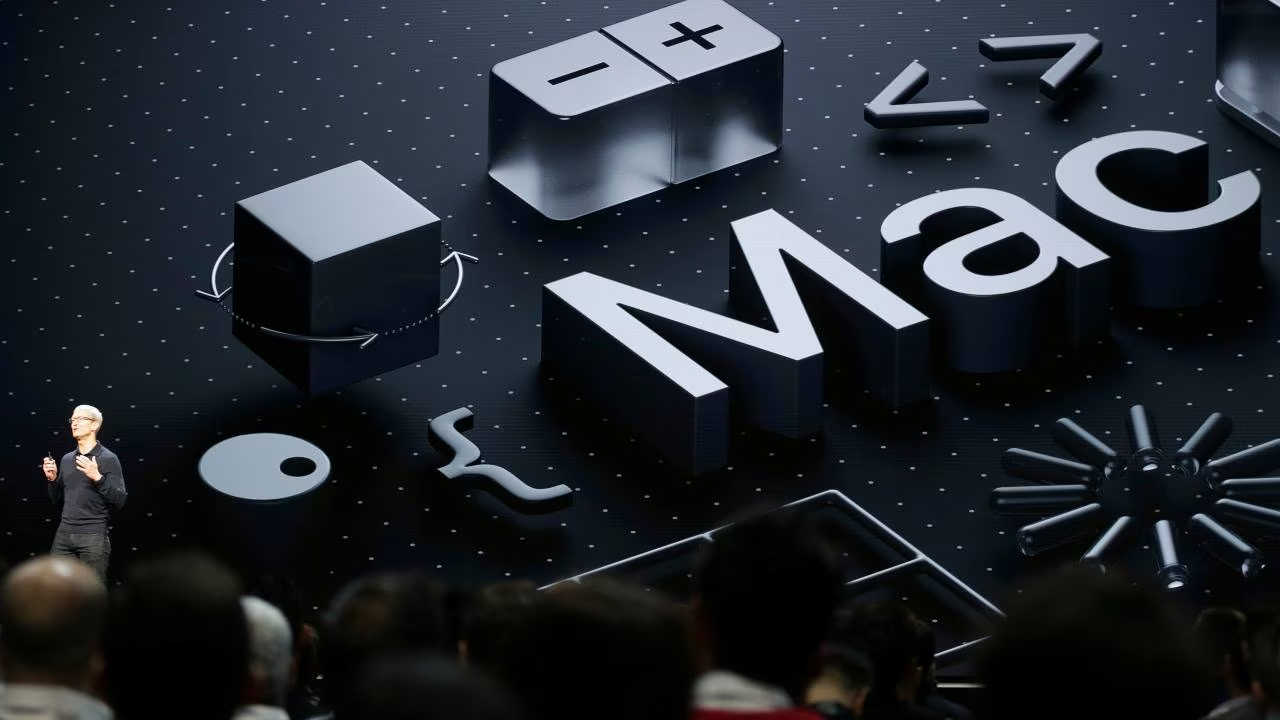Cupertino, CA – June 9, 2025 — Apple Inc. has once again raised the bar for innovation in the tech industry with its latest announcements at the Worldwide Developers Conference (WWDC) 2025. Held at Apple Park and streamed globally, this year’s keynote offered a glimpse into the company’s ambitious future — a future led by the convergence of Artificial Intelligence, intelligent ecosystems, and next-gen mobile software.
The centerpiece of the event was the official teaser of iOS 26, the upcoming operating system for iPhones, along with a massive overhaul of Apple’s AI infrastructure across devices. The company made it clear: Apple is no longer just a hardware titan. It’s positioning itself squarely in the AI race — and intends to win with privacy, personalization, and performance.
A Brief Look Back: Apple’s Journey to WWDC 2025
To fully appreciate the significance of these announcements, one must understand Apple’s trajectory in the AI and mobile OS space.
When Apple launched the original iPhone in 2007, it redefined the smartphone industry. Over the years, iOS evolved into a polished and tightly integrated operating system. However, when it came to AI, Apple traditionally lagged behind competitors like Google and Microsoft, which adopted large language models and AI assistants earlier and more aggressively.
Apple’s AI journey began with Siri in 2011, the first mainstream voice assistant, but its development remained incremental. While Apple excelled at on-device intelligence — think facial recognition, photography enhancements, and predictive typing — it lacked the generative power seen in tools like ChatGPT or Google Gemini.
That changes now.
iOS 26: Built for Intelligence and Personalization
Tim Cook opened the keynote with a strong message: “We are entering the era of personal intelligence.” This vision is embodied in iOS 26, Apple’s most advanced mobile operating system yet.
Key Features of iOS 26
- Personal Intelligence System: A fully revamped version of Siri powered by generative AI. Siri now understands complex context, retains memory over conversations, and even helps write emails, create itineraries, or summarize messages.
- On-device AI Engine: Apple has deployed a powerful on-device AI model that performs tasks without sending data to the cloud — a major play on privacy and user trust.
- Smart App Suggestions: The system can now dynamically arrange your Home Screen and suggest apps based on time, location, and behavior.
- Live Translation with Context: Multilingual conversations are now seamless and real-time, with translations tailored to specific tones and industries.
- AI-enhanced Accessibility Tools: iOS 26 introduces voice cloning for users with speech impairments, AI-generated captions for any media, and real-time object recognition for the visually impaired.
Apple emphasized that all these AI-powered features are deeply integrated, not bolt-on additions, resulting in a frictionless user experience.
Apple Intelligence: A Unified AI Framework Across Devices
While iOS 26 was the headline act, the broader story is Apple Intelligence, a cross-platform AI system embedded across macOS, iPadOS, watchOS, and visionOS. This includes:
- Unified AI Assistant (Siri 2.0): Not just for phones anymore, Siri is now a system-wide AI assistant with proactive intelligence — able to take actions across apps, recommend tasks, and auto-schedule events.
- Private Cloud Compute: For heavier AI tasks, Apple sends encrypted, anonymized data to secure Apple silicon-powered cloud servers. The company guarantees no logging or data retention.
- AI Developer Frameworks: Apple has opened up its AI APIs for developers. This means apps can now integrate with the on-device intelligence engine, bringing personalized features like never before.
These changes are part of a broader strategy to merge AI, cybersecurity, and usability without sacrificing privacy — a value Apple has championed amid increasing data concerns.
Visit TechThrilled for more insights on AI news
Hardware Support and Performance: The Silicon Advantage
Apple’s custom silicon chips — now in their fourth generation with M4 and A19 Bionic — are central to this transformation.
Unlike other tech giants relying heavily on external data centers, Apple’s silicon allows for local processing of machine learning tasks. The Neural Engine, now capable of over 100 trillion operations per second, ensures that AI experiences feel instantaneous and offline-ready.
This matters deeply to professionals in data science, developers of AI tools, and creators seeking edge performance without compromising data security.
A Subtle Nod to Web3 and Blockchain Futures?

While Apple didn’t announce any direct integrations with Web3 or blockchain, industry insiders noticed quiet signals. One segment highlighted a new digital identity system and decentralized app authentication method. While not explicitly blockchain-based, the underlying architecture may leave room for future Web3 adoption — especially in privacy-preserving payments and smart contracts.
Given how rapidly tokenomics and decentralized ecosystems are maturing, Apple’s shift toward decentralized security models could be its early bet on Web3 infrastructure.
Explore more innovations at TechThrilled
Developer and Ecosystem Impacts
WWDC is as much about developers as it is about users. With the AI overhaul, Apple introduced several major developer tools:
- Xcode AI Assistant: Apple’s IDE now includes an AI assistant that suggests code, finds bugs, and even translates legacy code into Swift.
- AI-Powered Testing Tools: Developers can simulate user flows and app responses using natural language prompts.
- New APIs for WebDev: Apple extended support for responsive design, interactive widgets, and serverless functions, making it easier for developers to build intelligent web and mobile apps.
This positions Apple not just as a product maker, but a platform leader for the next wave of app innovation.
What This Means for the Tech Industry
Apple’s bold shift will send ripple effects across the tech news landscape.
Privacy vs. Power
By focusing on on-device AI and private cloud compute, Apple is attempting to reconcile the tension between personalization and privacy. This sets a new standard for ethical AI design, in contrast to more data-hungry models.
The AI Race Redefined
Apple has effectively entered the AI race — not by replicating OpenAI or Google, but by creating a consumer-first, privacy-by-design model of AI. The implications are vast, especially for schools, hospitals, and governments seeking AI solutions that comply with strict data regulations.
Competitive Response
We can expect fast counter-moves from Google, Samsung, and Microsoft. All three companies are likely to accelerate development of their AI-native mobile OS solutions. Apple’s emphasis on integrated ecosystems may push others to tighten their software-hardware linkages.
The Future: What Comes Next?
Looking forward, Apple’s announcements at WWDC 2025 signal a redefinition of the tech stack. Here’s what we can expect:
- Hardware Becomes AI-First: Future devices — from AirPods to Macs — will likely include AI accelerators or edge chips dedicated to ML tasks.
- AI Becomes Invisible: Much like the evolution of touchscreens or Wi-Fi, generative AI will become ambient — always present, rarely noticed.
- Developer-Driven Intelligence: With the new SDKs, developers are empowered to build apps that learn from users without invasive data collection.
- Push Toward Secure Decentralized Identity: Apple may pave the way for decentralized IDs tied to biometric data, reducing dependency on passwords and third-party logins.
- New Gadget Categories: Expect Apple to explore new categories — wearable rings, smart glasses 2.0, or even AI-powered home robots — powered by the same AI core.
Final Thoughts
Apple’s WWDC 2025 wasn’t just about unveiling iOS 26. It was about reframing the entire conversation around technology — from devices that respond to your taps, to systems that understand your intentions.
While many features are still in beta and developer preview stages, the direction is unmistakable. Apple is no longer just building beautiful gadgets — it’s building intelligent, context-aware systems that anticipate user needs, respect privacy, and adapt over time.
The world of AI and personal computing is changing fast. With this WWDC, Apple has officially joined the frontlines — not just as a participant, but as a privacy-conscious architect of the next digital age.
For readers interested in more updates on Artificial Intelligence and tech trends, follow the evolving landscape at TechThrilled.
Press Contact:
Media Relations Team
Apple Inc.
press@apple.com
